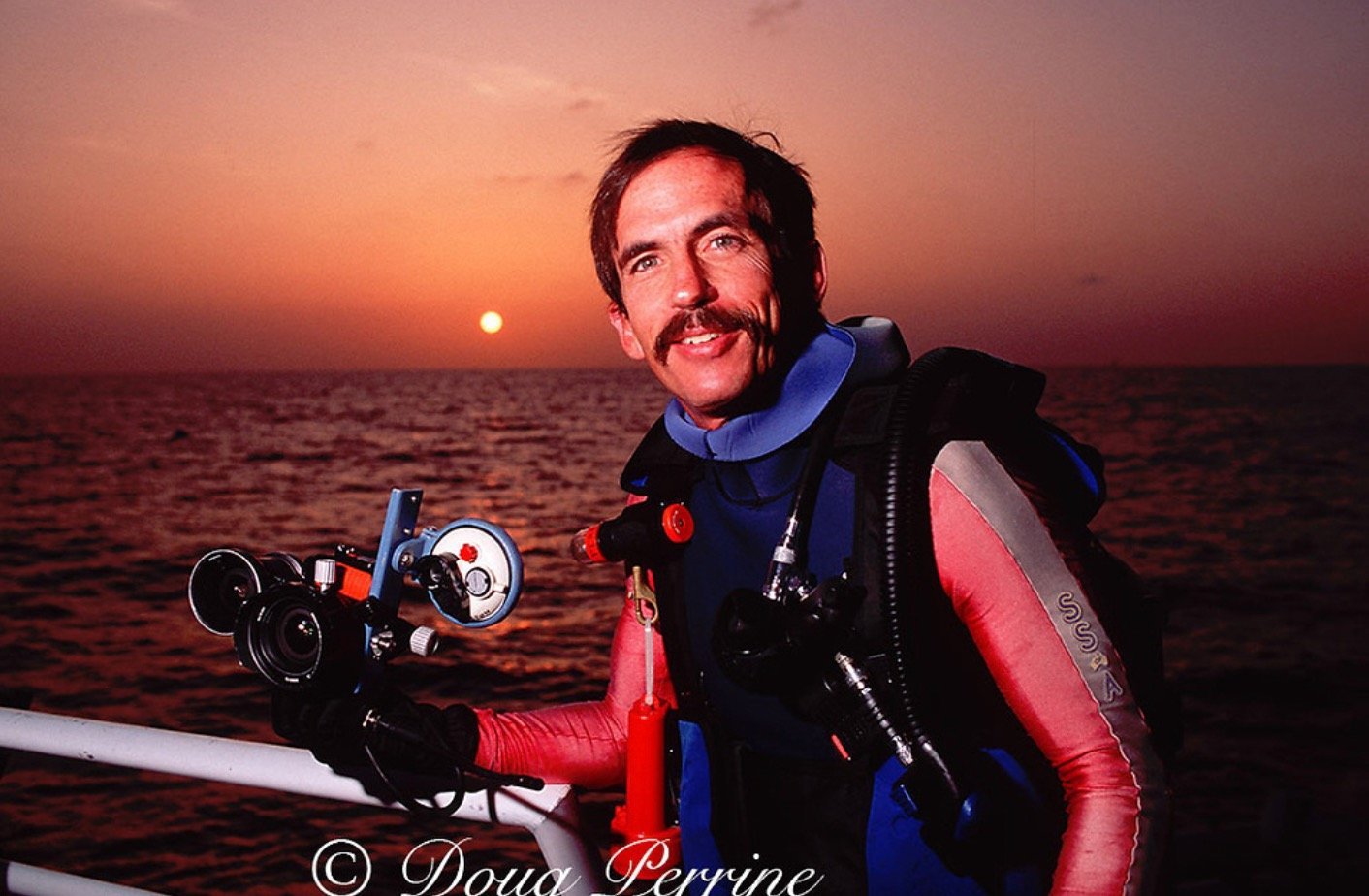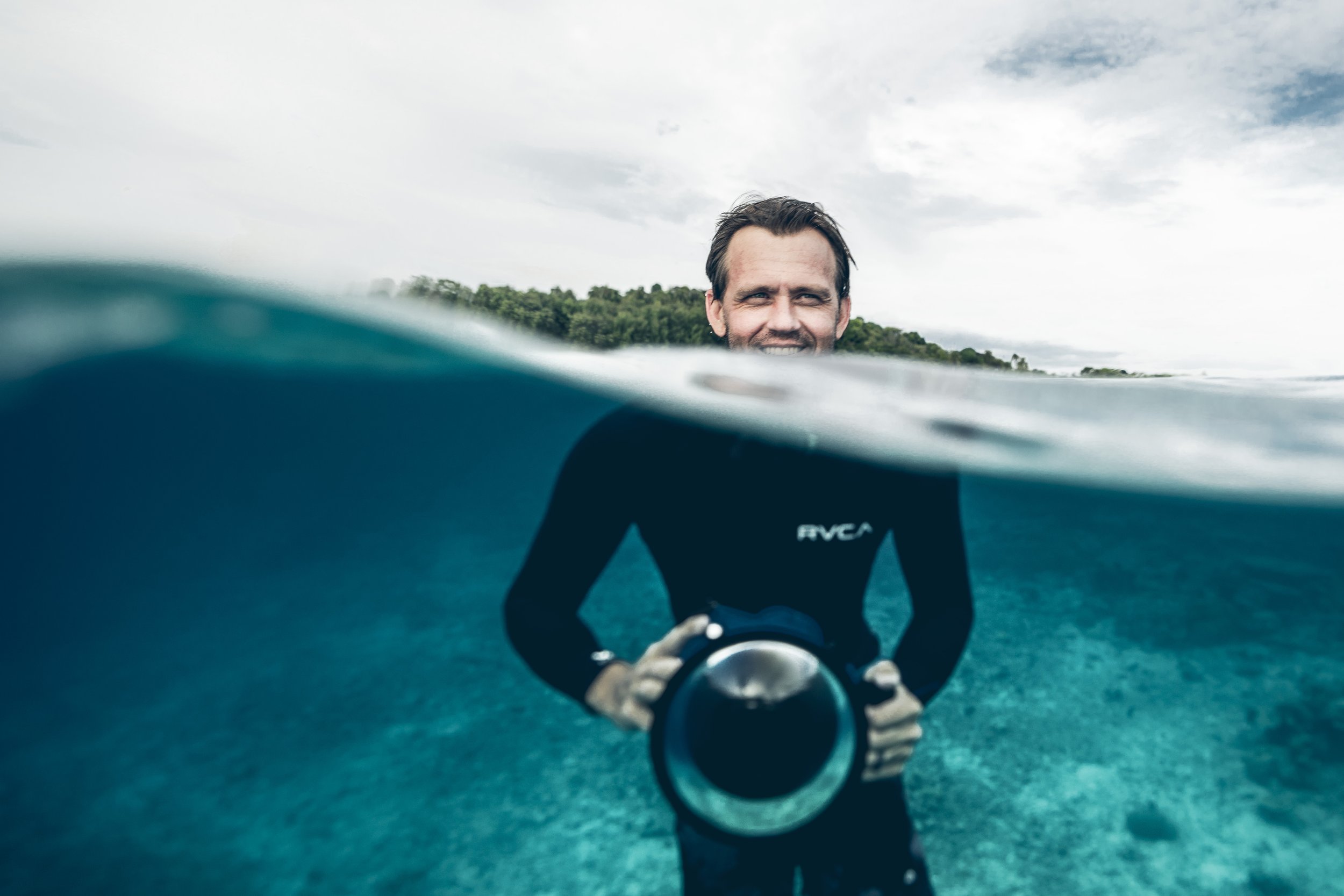After 110 Million Years the Currents Are Changing
MPA Site: Thermal Dome
-
Off the western coast of Central America, three major currents (the Costa Rican current, the Northeastern Equatorial Counter Current, and the Northwestern Equatorial Current) and the Papagayo Jet Stream meet to create one of the most biodiversity rich marine regions on earth. The geography creates an upwelling of cold, nutrient rich water that is circulated by the currents and Jet Stream, creating a subaquatic cyclonic current that can be measured and differentiated from the surrounding water. This unique, year round habitat is the Thermal Dome.
-
To our eyes, the area, which fluctuates between 300-1,000km in diameter throughout the year, is a vast undulating expanse of water. Just below the surface however, the water is teeming with life. From zooplankton to blue whales, the Dome hosts a plethora of species of all sizes. With the highest concentration of chlorophyll in the world, the Dome is so rich it even provides a permanent habitat for normally migratory species. Blue whales, the largest animals on earth, live here year round. Other highly migratory species, like leatherback sea turtles, rely on this region as they journey across the Pacific in search of food and nesting sites. The Dome’s richness is not just biological, but economic and cultural as well. Celebrated by local communities, the high density of species provides food, industry, and an enduring connection to nature. The international community also recognizes its importance. The Convention on Biological Diversity, the United Nations, UNESCO, and the Costa Rican government all acknowledge the importance of the region to communities, local and migratory species, and overall ocean health.
Ancient Mariner
36x48’’
Acrylic on Canvas
110 million years ago, during the age of the dinosaurs, leatherback sea turtles traversed the globe. They’ve witnessed the rise and fall of oceans, the creation and recreation of seas, and the movement of continents. These evolutionary marvels survived a mass extinction event and came of age with the world as we know it. Adept seafarers, leatherback sea turtles frequent every marine region except the Arctic and Antarctic. In an epic life cycle spanning decades and covering tens of thousands of miles, males live entirely at sea; but females never fail to return to their natal beaches. The name Ancient Mariner was chosen for the leatherback portrait as it represents both their extraordinary story of endurance, and their remarkable ability to navigate across the world’s ocean and many seas.
Leatherback Sea Turtle
-
Found as far north as Alaska and as far south as New Zealand, the leatherback sea turtle is a cosmopolitan wanderer. They’ve been recorded to cross the entire Pacific Ocean between nesting and feeding locations, and some of their foraging journeys take them over 20,000km through the world’s oceans. In order to survive in such diverse marine environments, leatherbacks evolved physiological adaptations allowing them to warm their bodies and boast the most hydrodynamic body shape of any sea turtle. Leatherbacks nest on sandy beaches, with notable sites found in Costa Rica. The females will lay multiple batches of eggs during the nesting season, with breaks in between to feed in relatively nearby waters. Hatchling sea turtles are smaller than human hands, but if they survive to adulthood grow to staggering sizes and weights. Reaching ~6-7’ in length and weighing ~600-1,500 pounds, leatherbacks are the largest sea turtles and heaviest non-crocodilian reptiles. They are also the fastest growing sea turtle, despite them feeding almost exclusively on jellyfish and other gelatinous animals that scientists believe provide little to no nutritional value. To find these jellyfish they embark on epic journeys and dive to depths exceeding 1,000m.
-
This species defies all the odds. Yet, they are at risk. Leatherbacks are threatened by light and waste pollution, specifically city lights near nesting locations and plastic bags; habitat loss caused by human developments along beaches; being killed as bycatch in fisheries; and human poaching and harvesting. Leatherbacks are culturally significant for communities around the world. They are celebrated and are a key component of numerous harvests. For generations these harvests were sustainable, but the convergence of so many threats has caused the overall leatherback population to be endangered, with the Pacific subpopulation the most endangered sea turtle species on Earth.
Leatherbacks have remained virtually unchanged for 110 million years. Now, human impacts are pushing them to the brink. If you wish to learn more about this species, the amazing people fighting to protect them, and how you can help, the Leatherback Trust is a phenomenal organization we are pleased to support. Effective conservation requires the cooperation of science, policy, and community-based initiatives, all of which the Leatherback Trust champions to make tangible change and lasting impact.
A special thank you to Doug Perrine, a world-renowned photographer, who provided the reference imagery for Ancient Mariner, expert information about the species, and incredible stories of his interactions with leatherbacks. He was one of the first people in the world to photograph leatherbacks underwater and we are honoured to be celebrating his photography through art.
Further thanks goes to photographer Ben Hicks, whose incredible work inspires people around the world to care for our oceans. He has photographed leatherback sea turtles nesting and hatching, bearing witness to their incredible journey from hatchling to motherhood. His hatchling photography will be used as reference imagery for an upcoming painting. We are thrilled to collaborate with him on this project.






